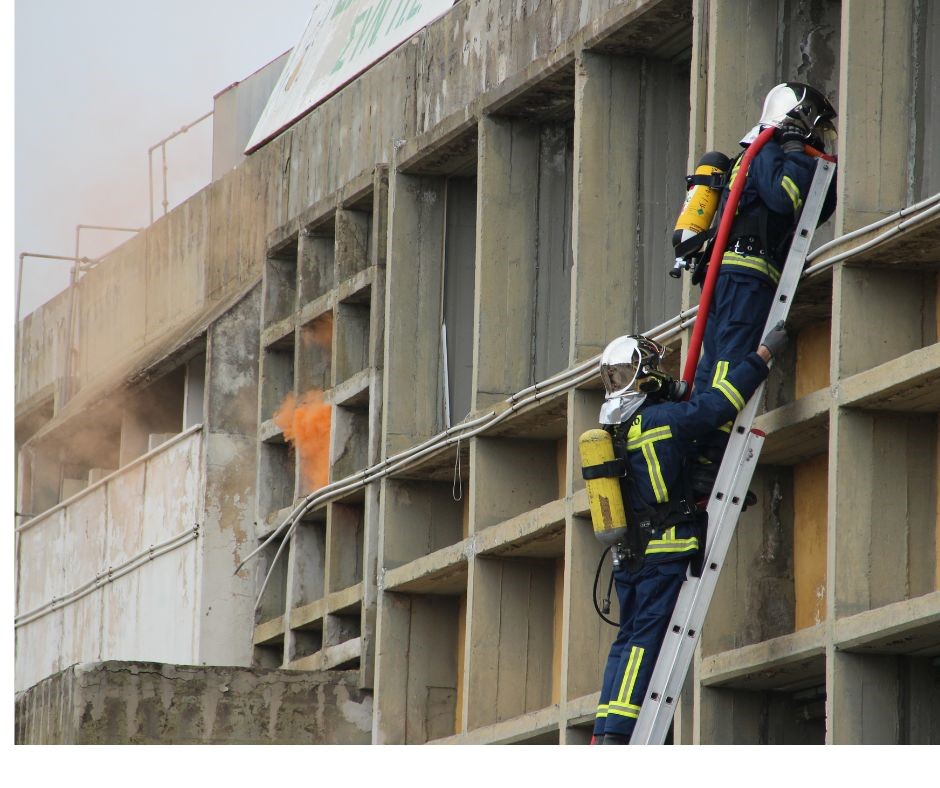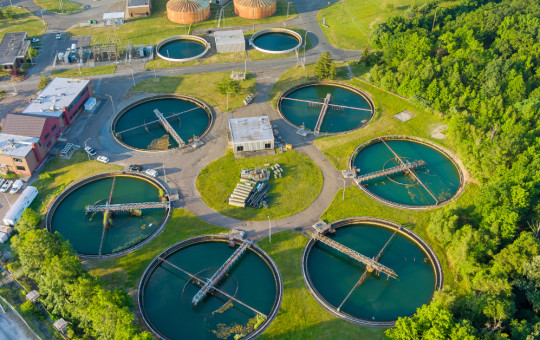
Level 2 Award in Ladder Safety
Course Overview
The Level 2 Award in Ladder Safety provides essential training for individuals who use, manage, or supervise the use of ladders in the workplace. This course focuses on safe ladder use, hazard identification, and compliance with industry safety standards. It equips participants with the knowledge and practical skills needed to ensure ladders are used safely and effectively in various work environments.
Designed for professionals in construction, maintenance, and general industries, this certification enhances workplace safety and reduces the risk of ladder-related incidents.
Benefits
- Enhanced Safety Awareness: Learn to recognize and address potential ladder hazards.
- Legal Compliance: Ensure adherence to regulations such as OSHA, HSE, and ANSI standards.
- Risk Reduction: Minimize ladder-related injuries and accidents.
- Practical Expertise: Master safe ladder usage, inspection, and maintenance techniques.
- Improved Career Prospects: Gain a valuable certification recognized across industries.
Learning Outcomes
Upon completing this course, participants will:
- Understand the types and proper uses of ladders.
- Recognize common hazards associated with ladder use.
- Conduct pre-use inspections and identify defective ladders.
- Apply safe practices for ladder setup, use, and storage.
- Understand legal and organizational responsibilities regarding ladder safety.
- Develop and implement safe ladder work procedures.
Study Units
Unit 1: Introduction to Ladder Safety
- Overview of ladder-related risks and statistics.
- Types of ladders and their applications.
- Legal and regulatory requirements for ladder use.
Unit 2: Ladder Selection and Inspection
- Selecting the right ladder for the job.
- Conducting visual and functional inspections.
- Identifying and managing damaged or unsafe ladders.
Unit 3: Safe Ladder Usage
- Principles of ladder stability and positioning.
- Safe practices for ascending, descending, and working on ladders.
- Using ladders in various environmental conditions (e.g., wet or windy).
Unit 4: Hazard Identification and Control
- Recognizing workplace hazards related to ladder use.
- Implementing risk control measures.
- Emergency response planning for ladder-related incidents.
Unit 5: Maintenance and Storage
- Proper ladder maintenance procedures.
- Safe storage practices to extend ladder lifespan.
- Documenting inspections and maintenance records.
Career Progression
The Level 2 Award in Ladder Safety opens pathways to roles such as:
- Workplace Safety Officer: Ensure safe ladder practices are implemented and followed.
- Ladder Safety Trainer: Deliver training sessions on ladder use and inspection.
- Site Supervisor: Manage and monitor ladder safety in construction or industrial settings.
- Health and Safety Coordinator: Integrate ladder safety into broader workplace safety programs.
This certification also serves as a foundation for more advanced qualifications in workplace safety and risk management.
Our assessment process is designed to ensure every learner achieves the required level of knowledge, skills, and understanding outlined in each course unit.
Purpose of Assessment
Assessment helps measure how well a learner has met the learning outcomes. It ensures consistency, quality, and fairness across all learners.
What Learners Need to Do
Learners must provide clear evidence that shows they have met all the learning outcomes and assessment criteria for each unit. This evidence can take different forms depending on the course and type of learning.
Types of Acceptable Evidence
Assignments, reports, or projects
Worksheets or written tasks
Portfolios of practical work
Answers to oral or written questions
Test or exam papers
Understanding the Structure
Learning outcomes explain what learners should know, understand, or be able to do.
Assessment criteria set the standard learners must meet to achieve each learning outcome.
Assessment Guidelines
All assessment must be authentic, current, and relevant to the unit.
Evidence must match each assessment criterion clearly.
Plagiarism or copied work is not accepted.
All learners must complete assessments within the given timelines.
Where applicable, assessments may be reviewed or verified by internal or external quality assurers.
Full learning outcomes and assessment criteria for each qualification are available from page 8 of the course handbook.
Top Courses
No results found.
Related Courses
Let's Get in touch
Deleting Course Review
Course Access
This course is password protected. To access it please enter your password below:



